Solid parquet construction:

Technical specifications
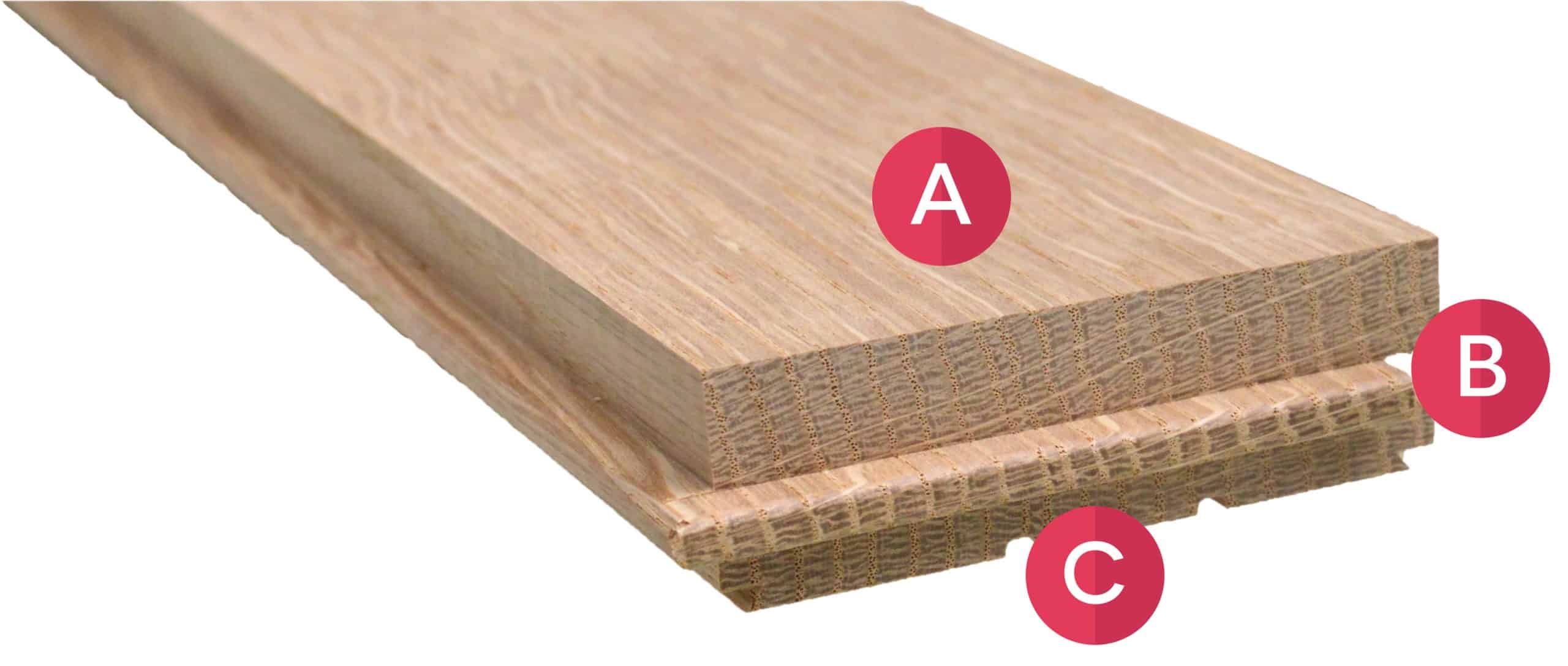

= Surface (Untreated)
= Tongue and groove
= Expansion grooves
Solid plank construction:
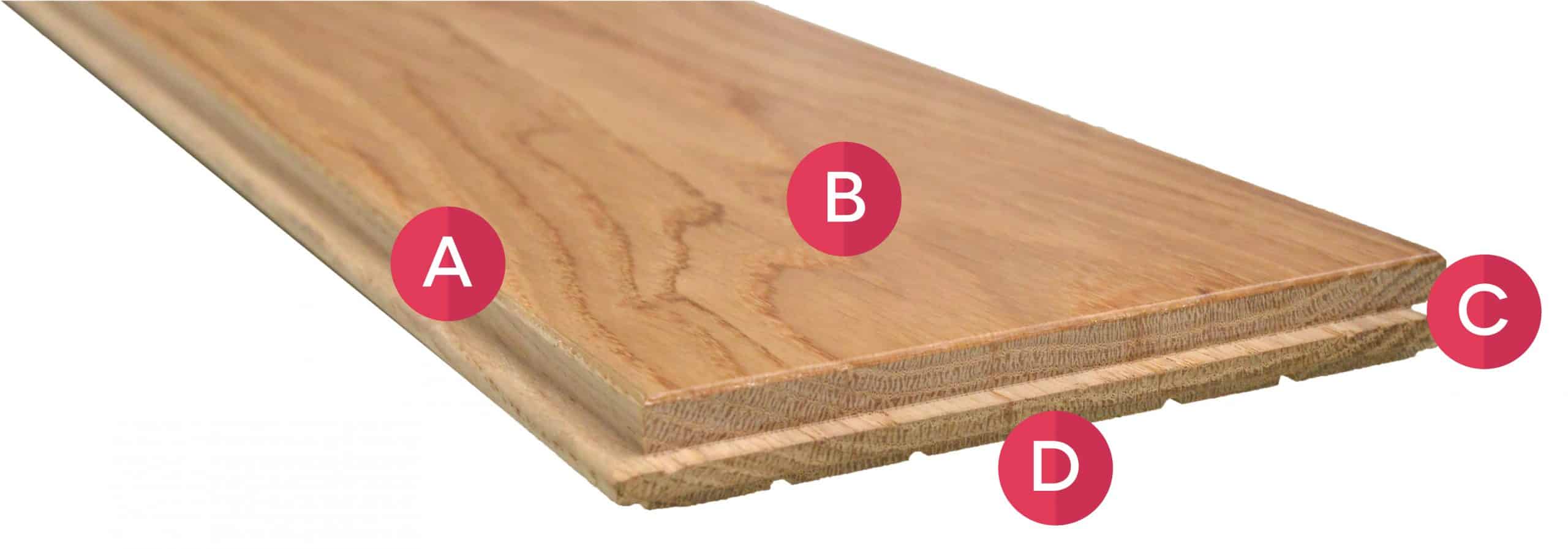

= 4‑sided bevelled
= Surface (UV Lacquer / UV Oil / Untreated)
= Tongue and groove
= Expansion grooves
Surface:
Lacquered surface
- Our lacquer sealing guarantees an optimal protection and ensues a long services life.
- A resistance for the highest demands.
Oiled surface
- A triple oiling guarantees optimum protection and ensures a long service life.
- Our oil surface has the durability of a lacquer sealing.
4‑sided bevelled
- The edges are beveled on every side of the plank.
- A pure look is created.
Brushed
- The surface gets treated with special brushes so the soft annual rings are brushed out.
- A natural surface structure is created.
Saw marks
- By treating the surface with a special saw intentionally special marks are made during the production.
- A natural retro surface texture is created.
Engraved
- By treating the surface with special slicers, wavy notches are made lengthwise.
- The clearly visible planing provides an interesting play of light.
Underfloor heating suitable
- Due to the technical structure of this wooden floor is especially recommended for underfloor heating.
Laying patterns:
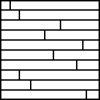
Random-Bond
- In the Random-Bond, the individual parquet-bars/planks are laid continuously, taking care that there is no pattern.
- The Random-Bond is the most popular way of laying plank flooring.
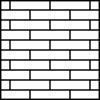
Brick-Bond
- At the Brick-Bond, the individual parquet pieces / planks are laid continuously, but here it is ensured that a consistent pattern is created.
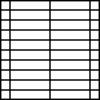
Parallel-Bond
- In the case of the Parallel-Bond, the parquet-pieces are laid in rows which, unlike the Random-Bond and Brick-Bond, are not displaced.
- The Parallel-Bond looks geometric and orderly.
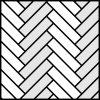
Herringbone-Bond
- In the Herringbone-Bond, the parquet pieces are arranged at right angles to each other creating a herringbone pattern.
- The Herringbone-Bond is particularly elegant in large rooms.
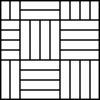
Cube-Bond
- The Cube-Bond gives the room a pleasant peace.
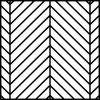
French Chevron — 45°
- The French Chevron is characterized by a tapered laying braid.
- The French Chevron gives the room a calm and modern touch.
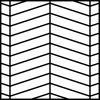
Hungarian Chevron — 60°
- The Hungarian Chevron is characterized by a tapered laying braid.
- The Hungarian Chevron gives the room a calm and modern touch.
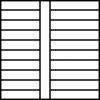
Ladder-Bond
- The Ladder-Bond is formed from the parallel-bond by alternating each row of parallel adjacent parquet pieces with a single row transverse to it.
- The Ladder-Bond looks geometric and orderly.
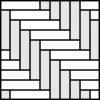
Diagonal Herringbone-Bond
- In the Diagonal Herringbone-Bond, the parquet pieces are arranged diagonally in the room at right angles to each other creating a herringbone pattern.
- The Herringbone-Bond is particularly elegant in large rooms.
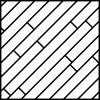
Diagonal Random-Bond
- In the case of the Diagonal Random-Bond, the individual parquet-bars / planks are laid diagonally, consecutively to the room.
- There should be no recognizable pattern.
Wood species:
Hardness is a important criterion for wooden floors. Every type of wood has its own hardness. The wood hardness is measured with the so-called Brinell test, named after the Swedish engineer Johan August Brinell. During the test a ten millimetre steel ball is pressed with a specified force and duration against the surface of the tested wood. The Brinell value is calculated from the resulting score. The higher the value, the harder the wood is.
For heavily used rooms, eg street-shoes, we recommend wooden floors with a high Brinell value.
Maple
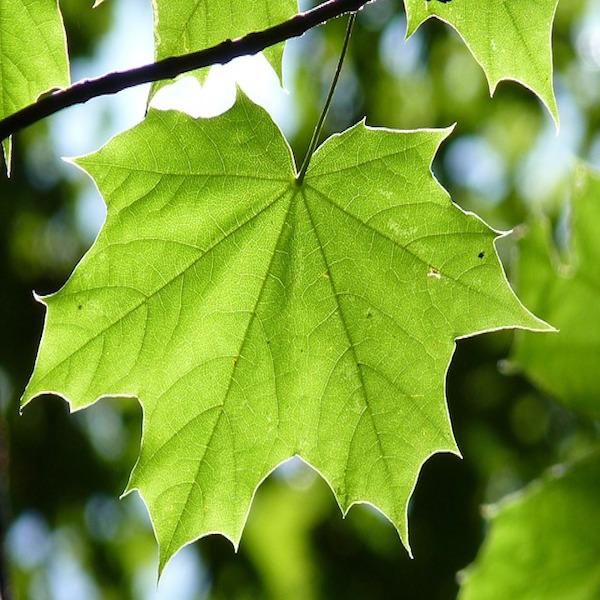
| The Maple is found in the moderate climates of the northern hemisphere. Nearly 200 species belong to the Maple family (Aceraceae), of which Central Europe (Acer pseudoplatanus) predominates. The tree can grow up to 15 m tall and reach a diameter of 40 cm. Heart- and sapwood of the tree are almost the same color, white to yellowish-white, with a simple texture. The wood itself is medium heavy, pretty hard, elastic and also tough. It is not weatherproof, but durable when it´s dry. | |
| Hardness in Brinell: | 28 N/mm2 |
| Raw density: | 620 kg/m3 |
Acacia
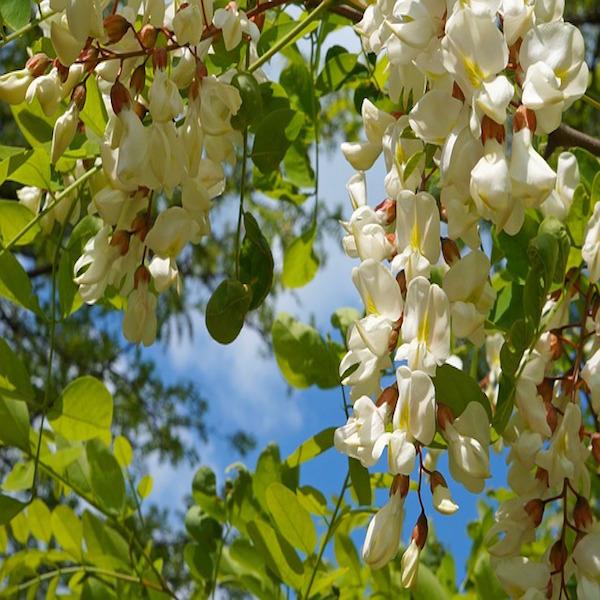
| The genus of Acacia (Acacia) includes at least 1300 species worldwide. The tree itself can grow up to 15 m tall and reach a diameter of 60 cm. The sapwood and the heartwood are sharply separated, with the sapwood being very narrow and whitish to light yellow and unusable. The heartwood is red-violet to purple, irregular in color and usually lighter in the outer parts. The wood itself is weatherproof and durable. In addition, the Acacia is heavy, hard and dense which makes it perfect for a wooden floor. | |
| Hardness in Brinell: | 49 N/mm2 |
| Raw density: | 790 kg/m3 |
Oak
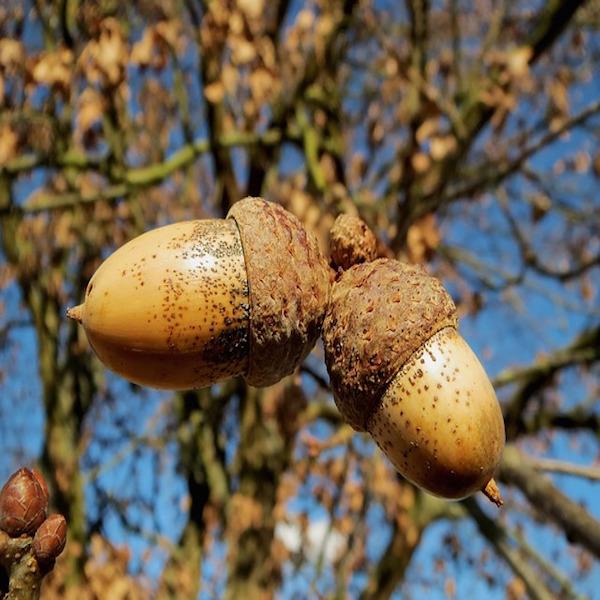
| The native Oak (Quercus) is widespread almost all over Europe. The tree itself reaches a high age of several hundred years and can grow in a favourable location up to 50 m high and reach a diameter of 200 cm. In the wood itself, sapwood and heartwood are sharply separated and the sapwood is generally narrow and yellowish-white. The wood shrinks little and is very durable. It is heavy, firm, hard and tough. In addition, it surpasses all other European wood species in terms of strength, elasticity and durability, with the exception of the Larch. | |
| Hardness in Brinell: | 37 N/mm2 |
| Raw density: | 670 kg/m3 |
Ash-tree
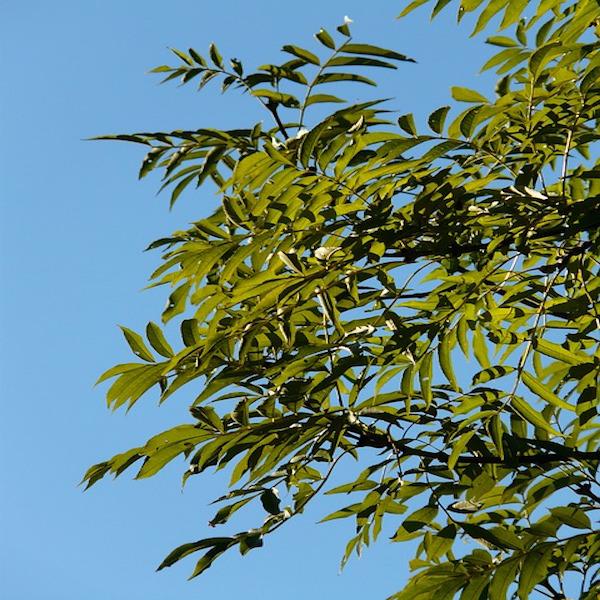
| The native Ash-tree (Fraxinus excelsior L.) occurs throughout Europe. Belonging to the so-called heartwood trees, this means core and sapwood are usually the same color whitish to yellowish or reddish colored. Partly, a light to dark brown color core forms out, the so-called brown-core. The Ash-wood itself is heavy and hard. The very good strength properties are largely comparable to those of the Oak, as it is tough as hardly any other wood. Above all, the high abrasion resistance make the Ash very popular as a wooden floor. | |
| Hardness in Brinell: | 39 N/mm2 |
| Raw density: | 690 kg/m3 |
Cherry
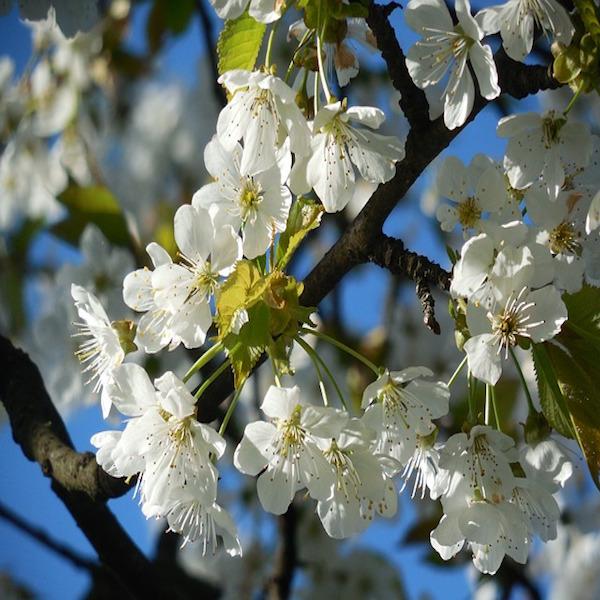
| The European Cherry-tree (Prunus avium L.) is a fast-growing tree that reaches an age of up to 100 years, a height of up to 20 m and a diameter of up to 100 cm. The sapwood and heartwood of the tree are only slightly different. The sapwood itself is narrow and yellowish or reddish, while the heartwood is wide and reddish brown. The wood is very hard, firm, fairly pliable and elastic, and does not shrink much. | |
| Hardness in Brinell: | 31 N/mm2 |
| Raw density: | 600 kg/m3 |



